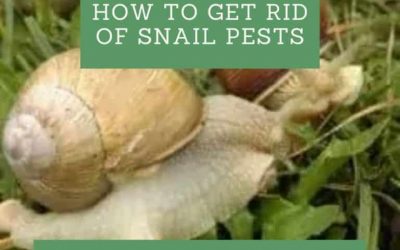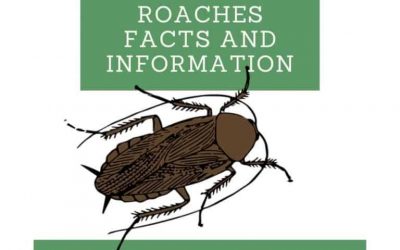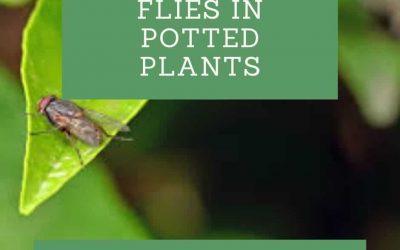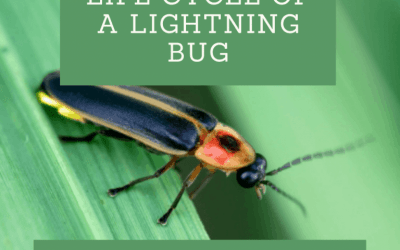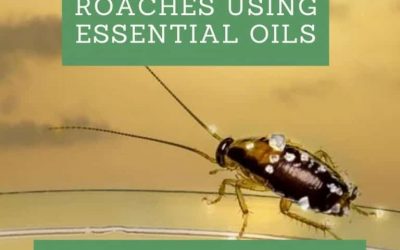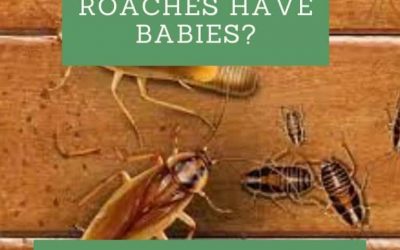It is that time of the year, and farmers are in frantic search of how to get rid of lubber grasshoppers from their gardens.
The word lumber is derived from old English term ‘lobre,’ meaning clumsy or lazy, a perfect description of these nasty pests.
Most grasshoppers do not occur in large numbers except for the eastern lumber species. This species is commonly found in the southern states of the United States.
They are destructive and voracious eaters capable of destroying the whole garden including citrus crops, vegetables, and ornamental plants.
Lubber grasshopper physical characteristics
The eastern lumber grasshopper is one of the most frightening insects due to its size. They can grow up to 3 inches at maturity.
Their colorful look only adds more fear to their intimidating features.
Although the insects may have varying colors, they usually are yellow with black spots. Some adult ones also have darker colors with little yellow markings.
Although these pests have two sets of wings, they cannot fly. Instead, they crawl or hop from one place to another. They are also excellent climbers and can crawl on tall trees to eat the tender leaves.
Not only are the insects difficult to kill, but they are also immune to some pesticides.
What is more, is that these pests have a few predators because of their toxic secretion that can kill birds. Also, they release an irritant with a loud hiss as a defense against possible predators.
Lubber Grasshopper Lifecycle
These grasshoppers only live one generation per year. In northeast Florida, the eggs hatch around mid-march. The nymphs crawl from the soil and begin feeding on plants.
These young nymphs look entirely different from the adult ones. They are typically black with yellow, red, or orange stripes on their front legs or side of the head.
They grow into adults and are seen in large numbers in July and August. Around mid-summer, the female adults begin laying eggs on higher ground.
They deposit at least 50 eggs into the soil. These eggs are hidden 2 inches deep in the land to mature during the spring season.
Eastern Lumber Eating Habits
These pests have a wide range of hosts of at least 100 plant species, including grasses, herbs, shrubs, and weeds. Furthermore, the eastern lumbers are known to eat irregular holes in foliage and then move to the next leaf.
Although they are heavy eaters, they have preferences. With beans, cabbage, kale, lettuce, and peas being their favorites.
Here are some less preferred vegetables:
- Eggplant
- Celery
- Sweetcorn
- Tomato
- Pepper
- Okra
- Fennel
In flowers, the most likely preferred choice includes:
- Amazon Lily
- Narcissus
- Amaryllis
- Crinum
How to Get Rid of Lubber Grasshoppers from Your Garden
Killing the lumber grasshoppers is difficult because they come in large numbers, and most adult ones are tolerant to certain pesticides.
Furthermore, these pests lay many eggs deep into the soil hence preventing the pesticides from reaching them. The best time to kill the insects is when they are at the nymph stage.
This is when they are most vulnerable to pesticides and other forms of control. You can get rid of lubbers through mechanical, chemical, and cultural control methods.
1. Handpicking the pests
Even though these insects may look scary and intimidating, they are pretty harmless. Besides, their way of movement makes them slow.
You can use gloves or bare hands to pick them off the plants.
Proceed and drown them in a solution of water and dish detergent. Another way is placing them in a plastic bag and stomping on it using your feet or broom.
While this may be an effective way to get rid of lubber grasshoppers, it is impractical in extensive gardens.
2. Mechanical methods
Tilling the soil: The female lubber hides its eggs with a frothy substance 1 to 2-inch deep into the land. Till the garden at least 3-inches deep to kill the eggs before they hatch.
The process will also eliminate mulch that can be potential laying ground.
Removing weeds: The lubber prefers weedy areas and damp locations. Therefore, eliminating weed and maintaining your grass short makes your garden unappealing to lubber.
This is due to the lack of food and cover from predators.
3. Natural enemies
Another safe way of how to get rid of lubber grasshopper is by using their natural enemies against them.
You might think that these pests have many predators, but that is not the case. Maybe you have noticed your chicken backing away from them.
This is because of their toxic secretion that is lethal to mammals and birds.
One of the few insects that prey on the lubbers is the Tachinid flies. Attract these flies by placing their favorite plants around your garden.
These flies will naturally help you to control the pests. Some of the pants are Carrots, dill, and coriander.
4. Chemical control
If you have a massive invasion of lubbers beyond the above measures, the best option is using insecticides.
For positive results, use pesticides that contain bifenthrin, permethrin, cyhalothrin, carbaryl, or esfenvalerate. Note that the grasshoppers develop resistance toward the poisons as they grow.
Therefore, the best time to spray is when they are young nymphs.
Apply the insecticide directly on the insects since the residue on the plants will not be effective in killing them.
Killing the lubber can be tricky, spray more than once to get the best results. Follow the instructions on the containers, especially if you intend to use it on food crops or near water sources.
5. Use Nolo Bait
This is a biological insecticide that is presented like wheat bran. Apply it around your garden and on plants for the adult and nymph lumbers to eat.
The nymphs are most likely to die while some adults may survive. The good news is that the survivors are rendered impotent. Meaning that they cannot lay eggs.
Getting rid of lubber grasshopper is a tough process. Not only do they develop immunity against insecticides, but they also have a few predators.
Controlling the population of lubbers requires the right timing and persistence.
When using pesticides, ensure that they have specific active ingredients for effectiveness.
Related Reading How to get rid of carpet beetles naturally


